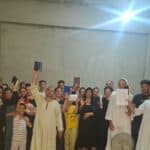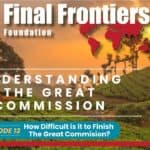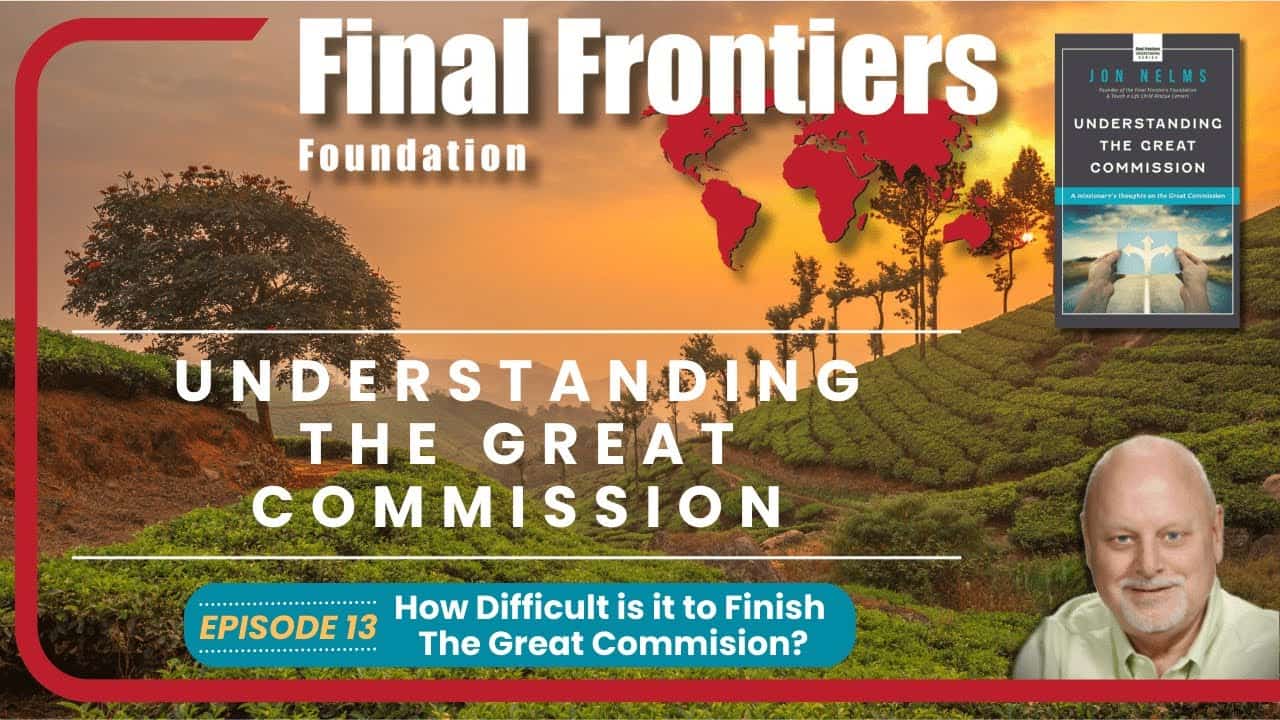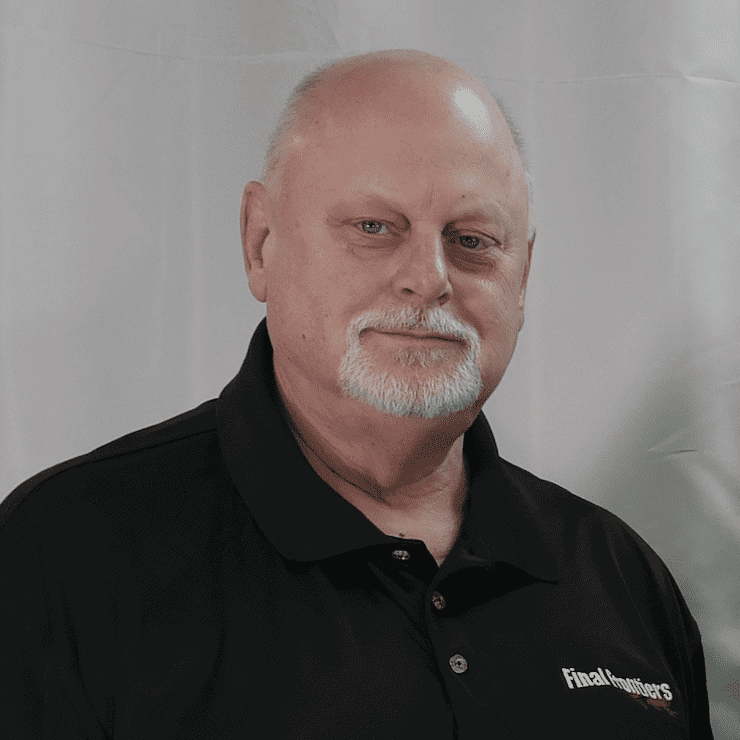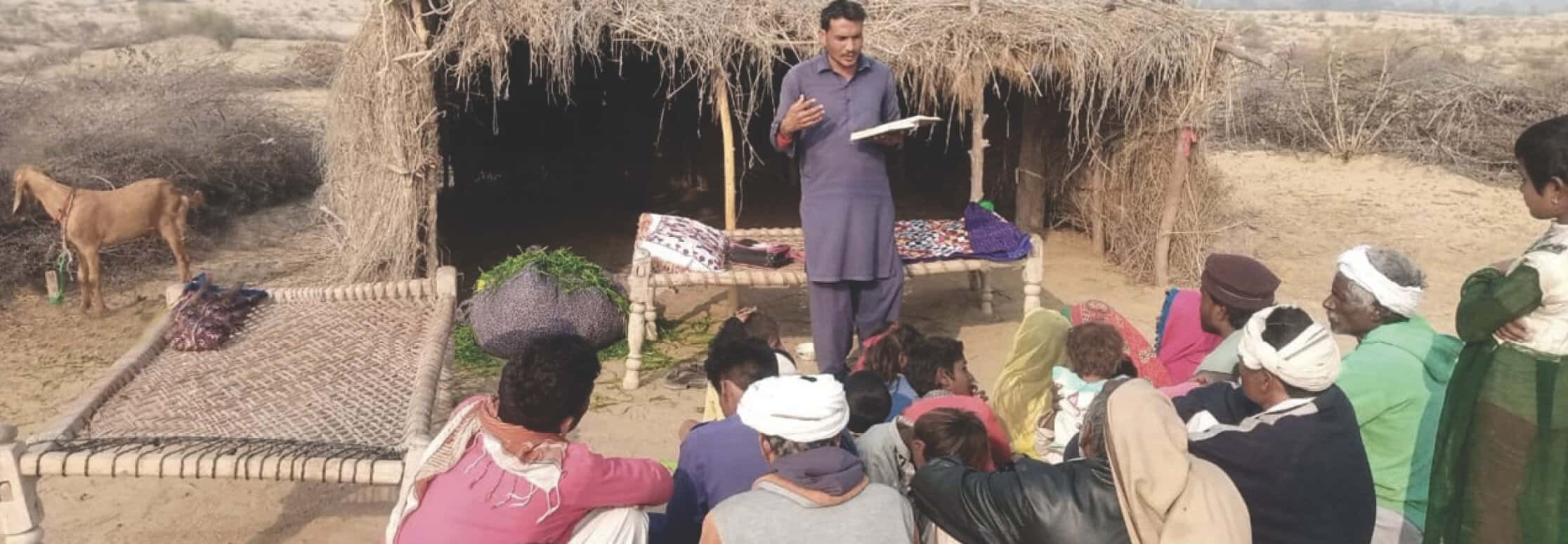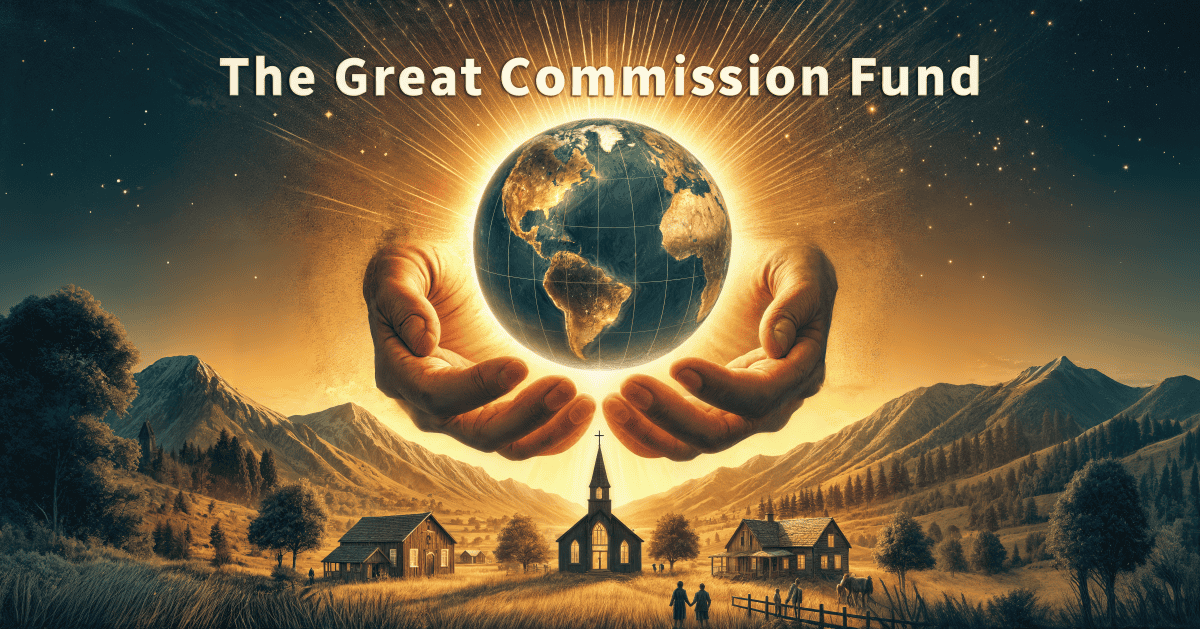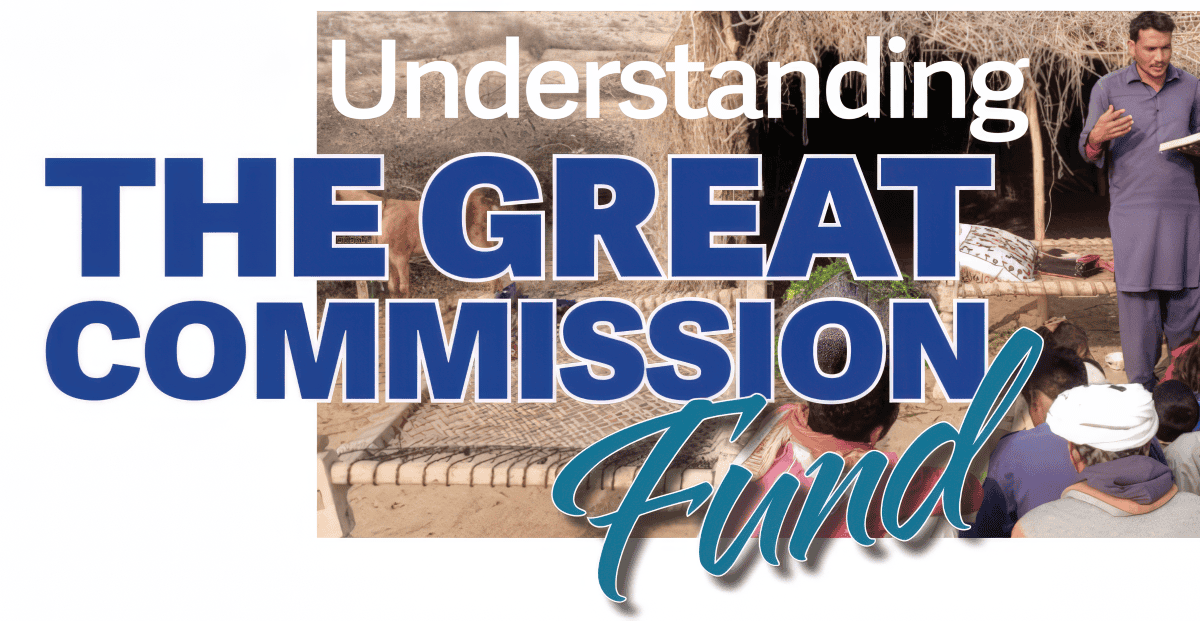How difficult is it to finish The Great Commission?
The New Testament “churches” were the body of Christ in a particular geographic area. They were congregations, not corporations. Paul wrote to churches in the homes of Philemon in Colossae and Lydia in Philippi. Still, he also wrote to the assembled ones in the Ephesian metropolis, the third largest city of Rome. Corinth evidently had two congregations—Upper Corinth on the hills overlooking the sea, inhabited by the wealthy, and Lower Corinth situated on the docks where merchants like Aquila and Priscilla worked in the second largest market of the Empire. Some believe the two Corinthians letters were written individually to each congregation rather than as two letters to both. That would certainly make sense.
To finish the Great Commission, we don’t have to build the entire “house;” we only need to place the last few bricks on the chimney, and it’s done.
Paul also wrote to the churches of Galatia, which was not a city but a region in what is today Turkey. Those in northern Galatia were not Greeks but were Gauls and Celts. Their ancestors came from the British Isles and northern Europe and had lived there for three centuries. Though considered barbarians due to their ancestry, they spoke Greek and lived under Roman law. The southern Galatians, however, were primarily of Greek ancestry and more easily converted.
Finally, Paul wrote to all the believers in Rome, a church he had not started, stating that he was planning to visit them on his way to Spain. He was leaving Asia and Greece because he had no place left to preach. While there were ample places to preach or pastor, he had worked himself out of a job as a church planter reaching unreached towns. His team had planted churches in every place, which could now finish the job of saturation evangelism; thus, he planned to pass through Rome on his way to Spain’s unreached field, where Christ was both unnamed and unknown.
They had “turned the world upside down in the first few decades.” By the year 100, there was one church for every twelve unreached people groups. Today, there are more than 416 churches for every one of the unreached people groups. To finish the Great Commission, we don’t have to build the entire “house;” we only need to place the last few bricks on the chimney, and it’s done.
Points to Ponder
- Consider that every church was a “house church” until the middle of the third century AD. Take a moment and think about the intimate surroundings, the close-knit relationships, and the atmosphere of “family” rather than “corporate.” How is that better or worse than what we have today?
- Paul targeted unreached people groups. We should do the same in our mission efforts.
- Paul was not an architect of churches; he was a contractor. His job was to lay the foundation and let someone else build the “body.” He never “built upon another man’s foundation.”
Support The Great Commission Fund today, so that we can finish it in our life time!


